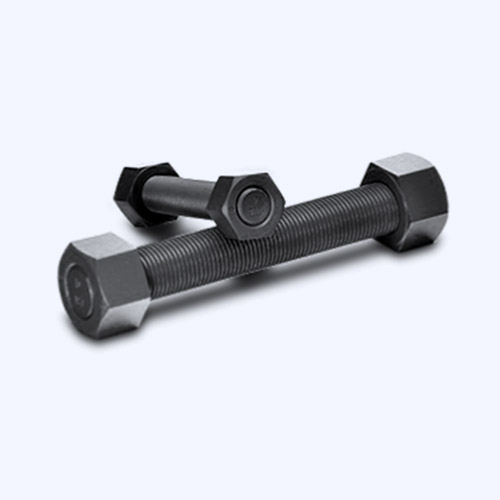Nov . 26, 2024 08:08 Back to list
what is a hex nut
What is a Hex Nut?
A hex nut, commonly known as a hexagonal nut, is a type of fastener that plays a crucial role in various mechanical applications. Its design features a six-sided shape, which allows for ease of use with standard tools, such as wrenches. Hex nuts are widely used in conjunction with bolts and screws to secure objects together, making them a fundamental component in construction, machinery, and everyday items.
Design and Features
The hex nut's six-sided geometry is designed for maximum gripping and torque application. This shape enables tools to easily engage with the nut, allowing for secure fastening and loosening. Typically made from materials like steel, stainless steel, brass, and plastic, the choice of material can affect the nut's strength, durability, and resistance to corrosion. In high-stress environments, such as in aerospace or automotive applications, hex nuts may be manufactured to stringent specifications to ensure reliability and safety.
One of the most notable features of hex nuts is their internal threading, which is designed to fit onto a corresponding bolt or screw. This threading must match precisely to ensure a secure fit. Hex nuts come in various sizes and thread pitches, allowing them to accommodate a range of bolts, making them incredibly versatile in numerous settings.
Applications
Hex nuts are ubiquitous in both industrial and domestic applications. In construction, they secure structural components like beams and frameworks, ensuring stability and safety. In the automotive industry, they hold crucial parts of engines and transmissions together, playing a vital role in vehicle safety and functionality. Furthermore, hex nuts can be found in electronics, furniture assembly, and plumbing, showcasing their adaptability across various industries.
what is a hex nut

Hex nuts can also be used in conjunction with other fasteners, such as washers and lock nuts, to enhance their effectiveness. For instance, when paired with washers, a hex nut can distribute load evenly, reducing the risk of damage to the surfaces being fastened. Lock nuts, on the other hand, provide additional security against loosening due to vibrations, which is particularly important in high-vibration environments like machinery and vehicles.
Maintenance and Usage Tips
When using hex nuts, it is vital to ensure that the correct size and type are chosen for the application. Over-tightening can lead to stripped threads or even breakage, while under-tightening can result in a loose connection. To avoid these issues, it is recommended to use a torque wrench to achieve the manufacturer's specified torque settings.
Additionally, inspecting hex nuts regularly for signs of wear or corrosion can prevent premature failure. In environments where exposure to moisture or chemicals is prevalent, choosing a corrosion-resistant material—like stainless steel—is advisable. For outdoor applications, consider using nylon hex nuts, which can provide additional resistance to environmental factors.
Conclusion
In summary, hex nuts are indispensable components in both everyday and industrial applications, offering reliability and versatility across a multitude of uses. Their unique hexagonal shape, coupled with the vital role they play in fastening systems, makes them a staple in engineering and construction. Understanding their features, applications, and maintenance not only enhances the efficiency of projects but also contributes to the longevity and safety of constructed entities. Whether you are a professional tradesperson or a DIY enthusiast, acknowledging the importance of hex nuts in your project will undoubtedly lead to more successful outcomes.


